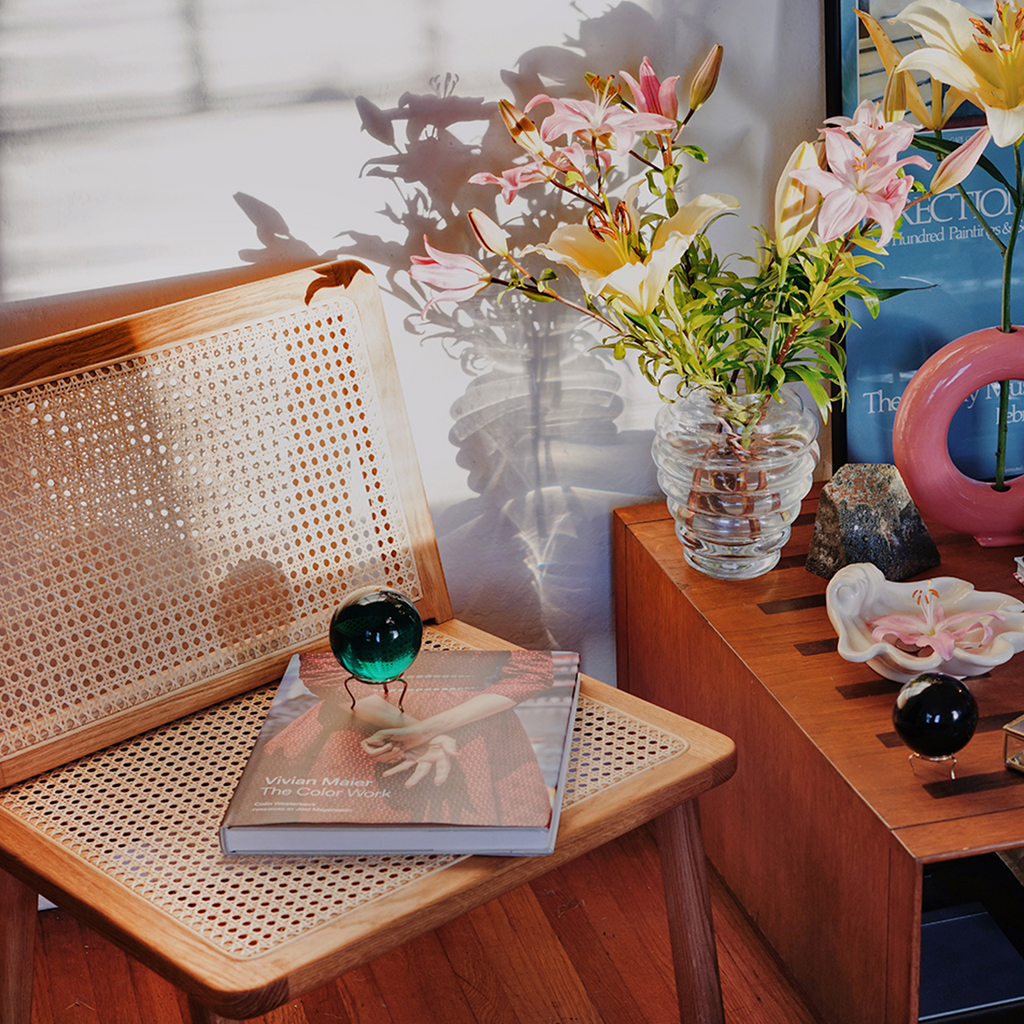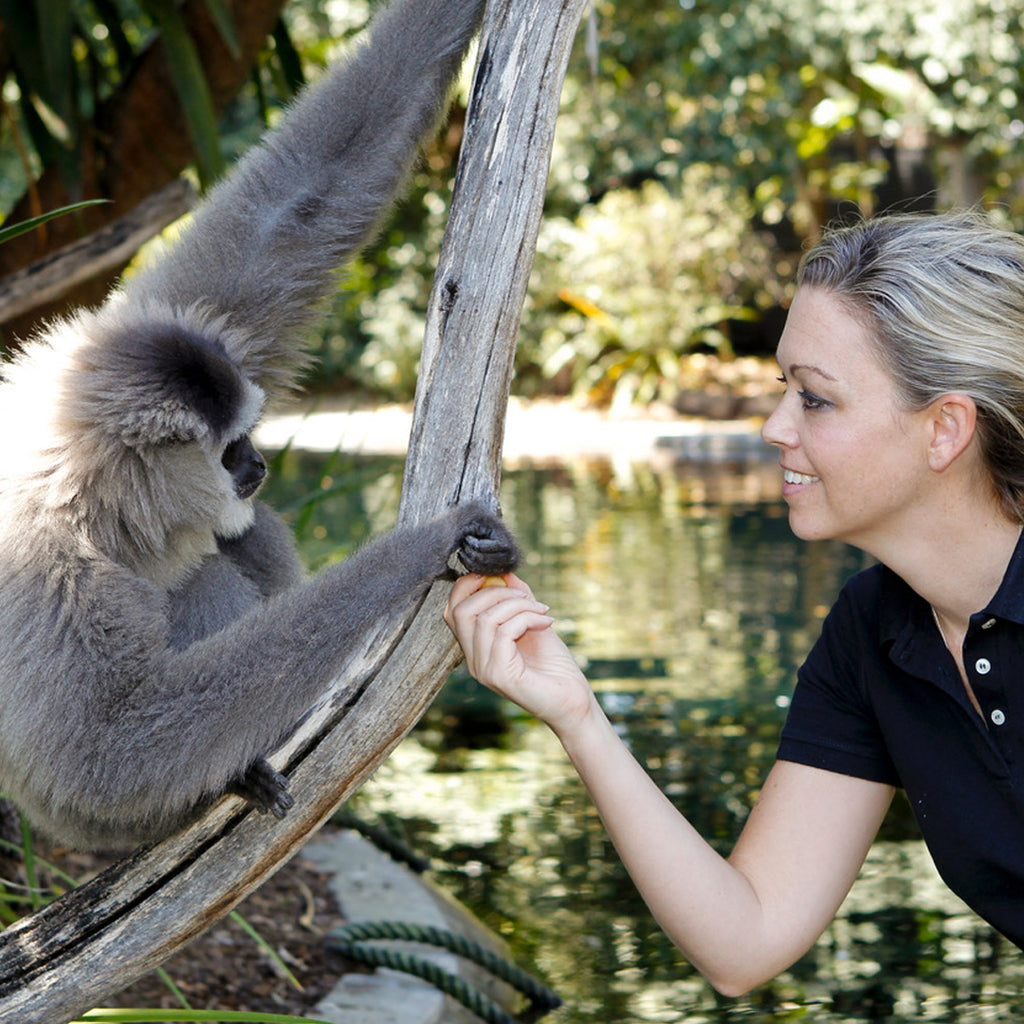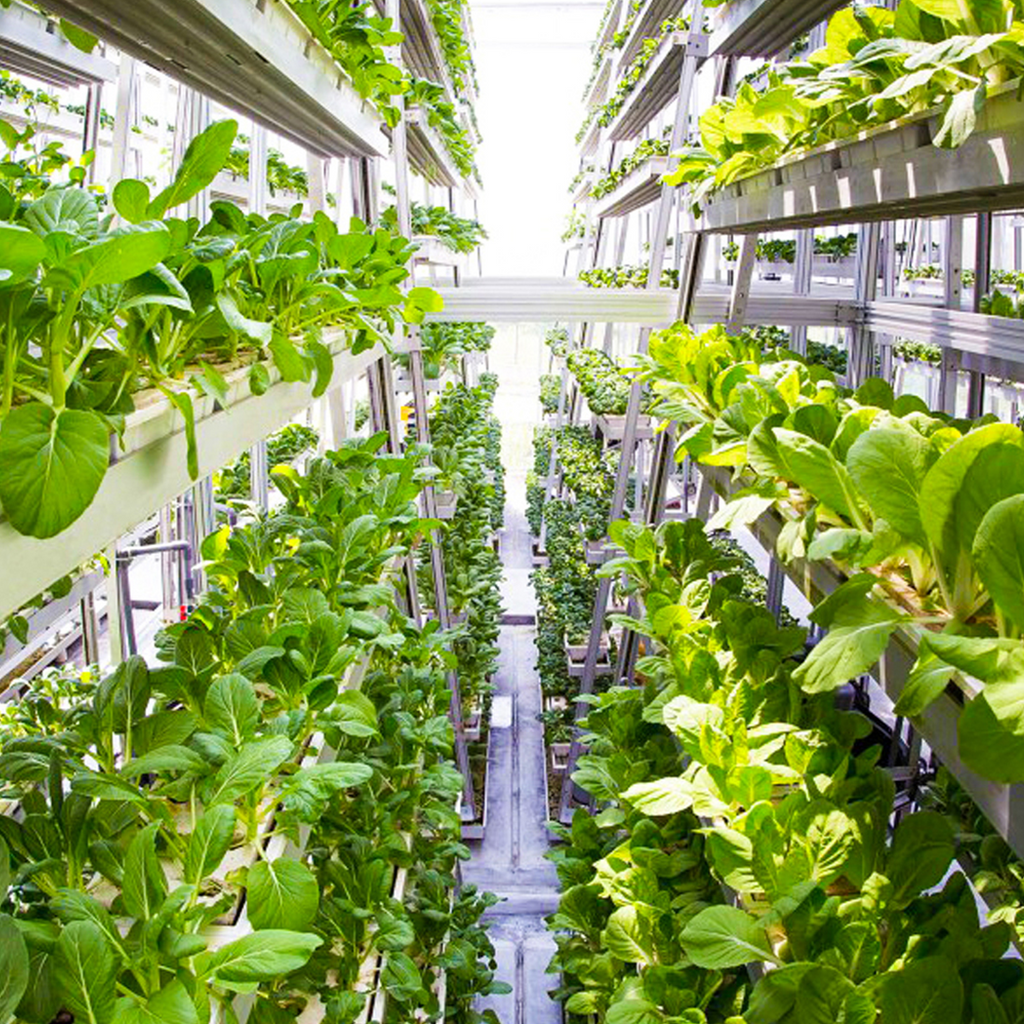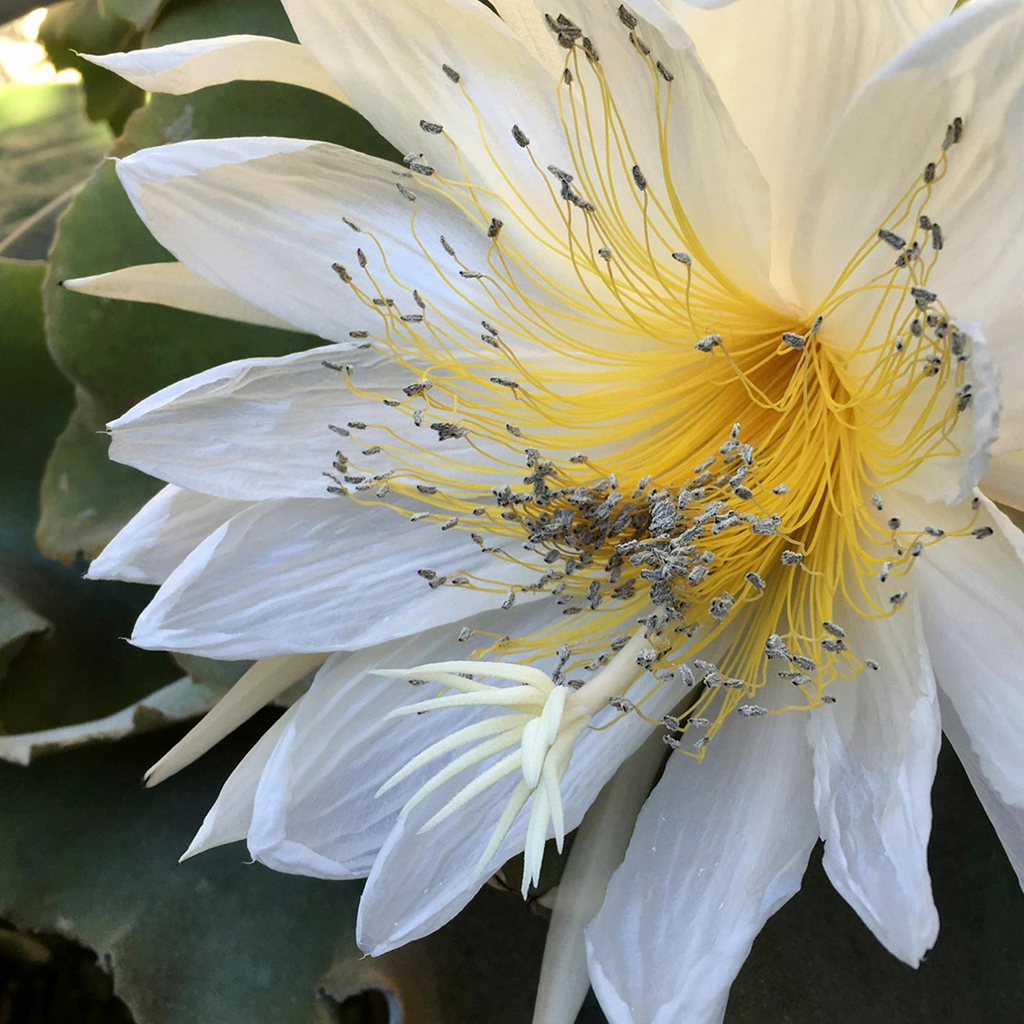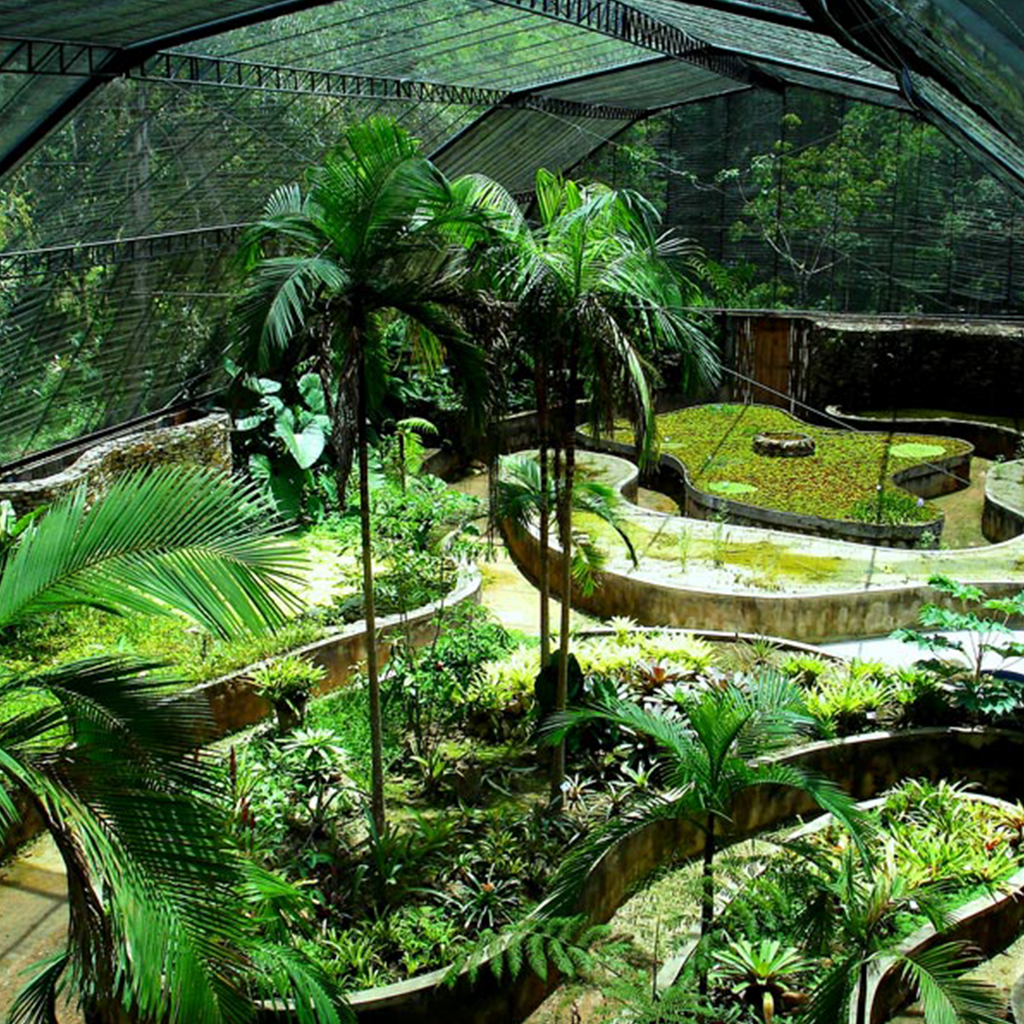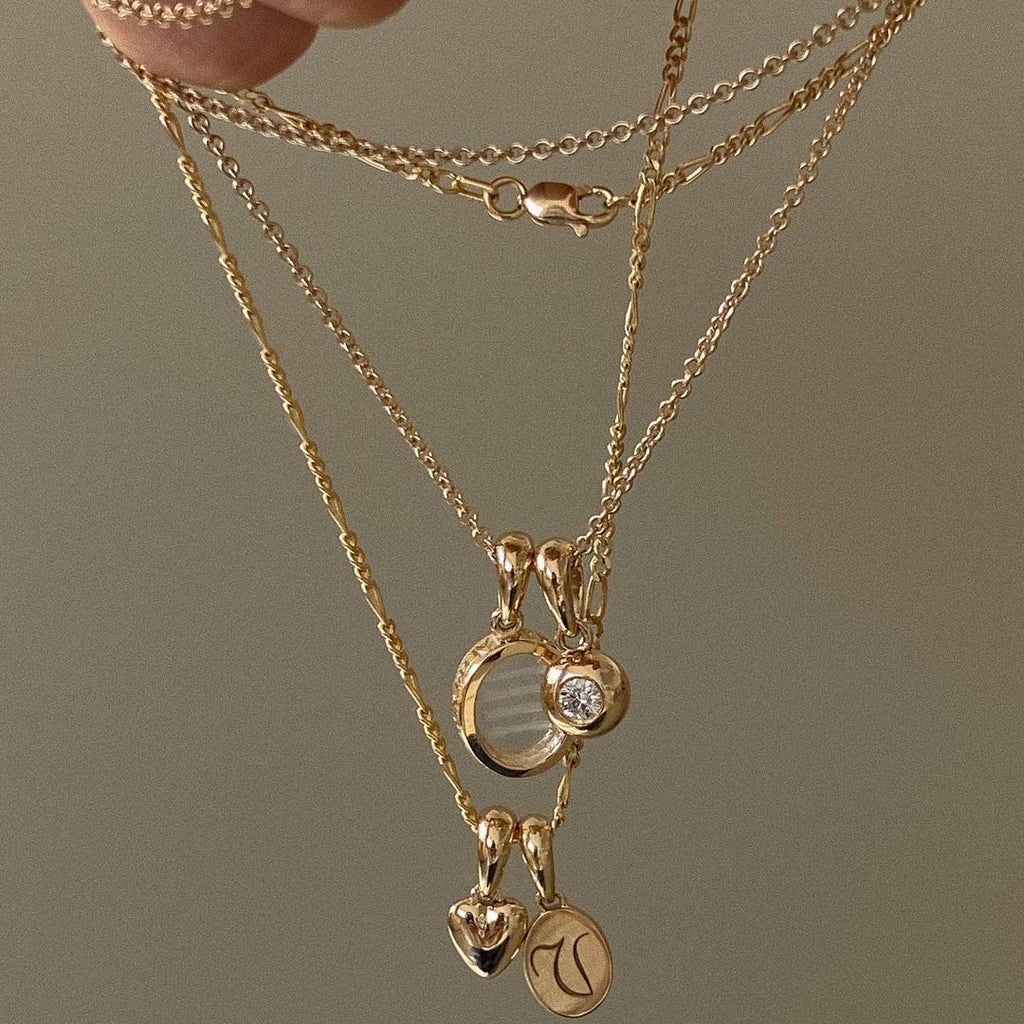Silvia Bifaro, who left the fashion industry for food.

Silvia Bifaro, the person behind Salvia Limone started out working for huge fashion brands like Versace, but the stressful environment made her leave it all behind and go back to her roots - a passion for food.
Do you think it's extreme to be a vegan?
"I would like to say so. But actually it is not. We are still consuming too much and irresponsibly, so veganism is only a part of a wider set of choices we need to make in order to preserve this planet. Furthermore there is nothing extreme about making a choice and persevere, it is an act of responsibility."

Where did you grow up, when did you interest for food start?
"I grew up in Italy, in a small town by the sea called Rapallo, between Portofino and Cinque Terre. Pretty lucky I would say. I love this part of Italy and its nature. My parents had a restaurant before moving on to a different business. My mum was also a painter. I got my skills from her, but the passion from my dad, and from both (I hope) endurance . In our home food was always a big topic, even for the everyday meals my mum arranged everything beautifully, from boiled vegetables to a lasagna. My parents still managed to get involved with food in their business, so I grew up among fine restaurants and chefs. Back then I was used to throwing my own supper clubs, before that was even a thing. Every month I cooked a theme dinner in my parent's home, and my high school mates were seriously paying me!
On every Sunday my grandmother or my mum would make ravioli or gnocchi or lasagna, or any kind of delicacy, my mum is a very inventive and skilled cook. My dad is also a good cook, but way too messy for the survival of their marriage, so I guess he gave up the cooking, he takes care of the table arrangement for the celebrations and he is impeccable.
Personally I started cooking around 16, when I found a macrobiotic shop in my town, they taught me how to make sushi and miso soup. However I had no idea what macrobiotic was until more than ten years later."

You worked in the fashion industry, and as a photographer assistant for interior magazines like Marie Claire. But then changed your direction to food and trained to be a Macrobitotic Chef - how come?
"Yes it has been quite a roller-coaster! It hasn't always being a straight path, nothing came easy in my life but I can say without being arrogant that I worked super hard to acheive my goals. I went to study fashion in Milan, and started working for a top sportswear brand. I loved my job. But it was also an eye opening experience on how much plastic material we actually consume. The stressful environment triggered eating disorders. Something about my beloved career was never quite right for me. During my days in the fashion industry I also wrote for an art magazine and participated in art shows. To learn more I attended a professional photography evening course at university. (Where I also met my husband). I declined a job offer at Benetton as manager for bags and accessories, and decided to move on with photography at Marie Claire instead assisting an interior photographer and stylist, both very talented and good women, that I am lucky to still call my friends. The stylist introduced me to macrobiotic food and my path out of the eating disorders began. Once in London, my emotional health felt still precarious so I decided to attend a proper course and earned my degree as a Macrobiotic Chef. In the meanwhile I was having my 2 children. It was 3 years of self development and healing, and finally I grew my self aware and inner consciousness in ways I couldn't imagine before.
I did not feel like becoming a macrobiotic consultant ( I developed my personal view on macrobiotic, and I do not agree on the full philosophy).
As cooking wasn't enough for me, I easily get stagnant, I merged my skills photography + cooking and I could immediately feel the bliss."

What is your view on the connection between food and health?
"I believe in eating unrefined food, local and seasonal. It's the key for physical and mental heath and for the survival of our planet. In our society the connection with food is both physical and emotional and is a complex scenario. But for many people health is beyond their control or awareness, so judgment is something I do not allow to rise in myself and I don't tolerate it in others. I believe education is essential."
Where do you get your protein from?
"Seeds, nuts, legumes, whole grains, sprouts, chestnuts and vegetables. Then tofu, tempeh, seitan.. Cacao butter, carob, omega rich oils ... Proteins are everywhere in plant food. I just keep a good weekly variety."
”Vegan food contains a lot of gluten” - Do you find this a true statement?
"Not really! Our sources of gluten are pasta, seitan and some cakes (of course!), we consume them not more than once a week. We eat a large variety of grains, legumes, vegetables and fresh fruits. I also mill my own flours at home, we have a german stone mill and make a wide variety of flours from any sort of rice, oat, barley, quinoa and wheat. I am not against gluten btw, as we rotate our foods so much, our diet is pretty low in gluten compared to someone that eat sausages, burgers, ice creams and pre-packed meals that often have hidden both soya lecithin and gluten. We also limit our use of those ingredients that travel many many miles to reach our table."

Isn’t it more complicated to cook vegan food than meat and potatoes?
"Mediterranean cooking is more plant based by default. I do not find it particularly challenging. I presume is just about being willing to do it.""
What do you think about Climate Change?
"If you would have asked me what is my biggest nightmare, this is it! Climate change and the survival of our planet, this feels so beyond my direct control. Anyway yes, it is freaking visible. I am 35, and at the age of 6-8 I was going ski on the Apennines over Rapallo. There has been no sign of snow there for 20 years at least.
It is simply so sad that we polish our beautiful homes and forget that our true home is this planet that we mistreat so much. Once it is ruined there will be no cheap replacement for our kids at the shopping mall."
What makes you happy?
"Being a fair person and a compassionate mother. And, when I am behind my camera."

The Recipe
Pumpkin Coffee Cake with Mascarpone Amaretti frosting and White Chocolate.
Utensils you will need:
3 cake tins (12 cm ø) springform or loose bottom. A powerful food processor. 2 Mixing bowls.
Ingredients:
For the cake:
2 cup Flour (white or a mix with whole wheat)
1 + ½ cup Raw Coconut or Cane Sugar (you can do half and half with Xylitol)
1 Tbsp Baking Powder
½ teaspoon of local unrefined salt
3 to 4 tbsp coffee alternative or good quality ethical coffee (espresso-fine powder- no instant)
2 Tbsp flax meal + 8 tsp water
¼ cup extra virgin olive oil + 1 Tbsp for the pumpkin
⅓ cup plant based yogurt
⅔ cup pureed pumpkin
2 tsp vanilla extract
1 cup water
For the mascarpone filling and frosting (to be prepared the day before):
300 gr soaked overnight and well drained cashews
300 gr very firm coconut yogurt
1 Tbsp coconut oil
7 to 10 tsp or xylitol or raw icing sugar*
2 tsp vanilla extract
1 tsp same coffee powder of the cake
½ tsp salt
10-13 vegan amaretti biscuits. Keep the best 7 for the topping decoration. (optional, can be replaced with very crunchy&light biscuits)
For the dripping chocolate:
130 gr vegan white chocolate
1 Tbsp vanilla extract
Method:
This cake is not difficult but takes its time, like all good things do. Make it for a special day to really savour the fruits of your labour.
To be made a day or two in advance:
In a food processor pulse the sugar of your choice into an “icing powder”.
Again in a powerful food processor make the cashews into a smooth cream, with the vanilla, coconut oil, add the salt and the sugar. Taste for sweetness. Let the cashew cream cool in the fridge.
Meanwhile wash and cut half of a large pumpkin into small cubes( always better roast too much and use the leftover in a stew or something). Roast the pumpkin with a pinch of salt and 1 Tbsp olive oil, for 30 minutes at 200°C. Blend the pumpkin into a smooth cream (you need 3/4 cup puree).
In a mixing bowl fold together the yogurt and the cooled cashew cream adding the coffee powder. Taste for sweetness again.
Place in a airtight container and leave in the fridge overnight (at least) to set into a perfect consistency of a mascarpone cream.
If you have any problem with consistency gently pulse again with the addition of 1 Tbsp coconut oil and½ tsp Xatham Guar, and leave to set againin the fridge for couple of hours. However if you drain the cashes well and the coconut yogurt is firm, you shouldn't have any problem at all.
The cake:
Preheat the oven at 180° C. Grease with oil the 3 cake tins ( 12 cm ø).
In a cup soak the flax seed powder with the 8 Tbsp water and leave to set for 5 minutes.
In a large bowl mix all the dry ingredients. And in a large jar mix all the wet ingredients, adding the soaked flax seeds.
Combine the wet to the dry ingredients in the bowl, gently folding them together. Be sure is all well combined before pouring in the cake tins.
Pour the batter in the tins equally. Cook for 45-50 minutes, or until the toothpick comes out clean.
Let the cakes to cool in the tins until they are tepid, remove from the tins and let them finish to cool in the fridge.
Meanwhile, on a low flame, in a bain-marie melt the white chocolate with the vanilla extract, the water should never start boiling. Leave to cool down until slightly tepid but still runny enough to be poured, honey-like consistency.
Assembling and décor:
If the cakes are too rounded on top cut them straight with a long bread knife.
Place the first cake on a desired plate and scoop abundant mascarpone to make 1 cm thick filling, sprinkle with broken amaretti and push them down gently in the filling.
Cover with the second cake and repeat.
Now place the third cake on top, but upside down, so the perfect bottom become the top of your layered cake.
Scoop abundant frosting on top and with a spatula start distributing it to the edges, and down the side. Fill up any hole and gently scrap away any extra. If the frosting become runny move it and the cake back in the fridge for 30 minutes. ( I always pud down my fridge temperature to the minimum when I am decorating my cakes).
I like my cakes to have a naked frosting, as they feel lighter than fully covered cakes, but you are welcome to cover it fully if you prefer.
Once finished with the frosting pour on top ¾ of your white chocolate. As it starts to drip nicely move the cake straight back to the fridge.
Mix the left over chocolate with some frosting ( no need to measure, ¼ cup frosting is roughly what you will have left) and fill a sac a poche prepared with a star pipe.
Place the sac a poche in the fridge as well for few minutes.
When stiff enough pipe 7 biscuits with this mixture, and dust with coffee powder.
Distribute the biscuits on the top along the edge of the cake.
Chill before cutting. Enjoy!

